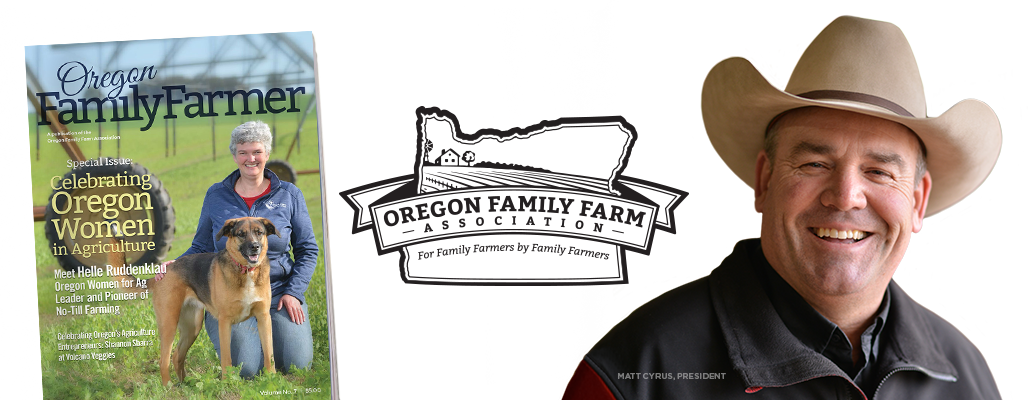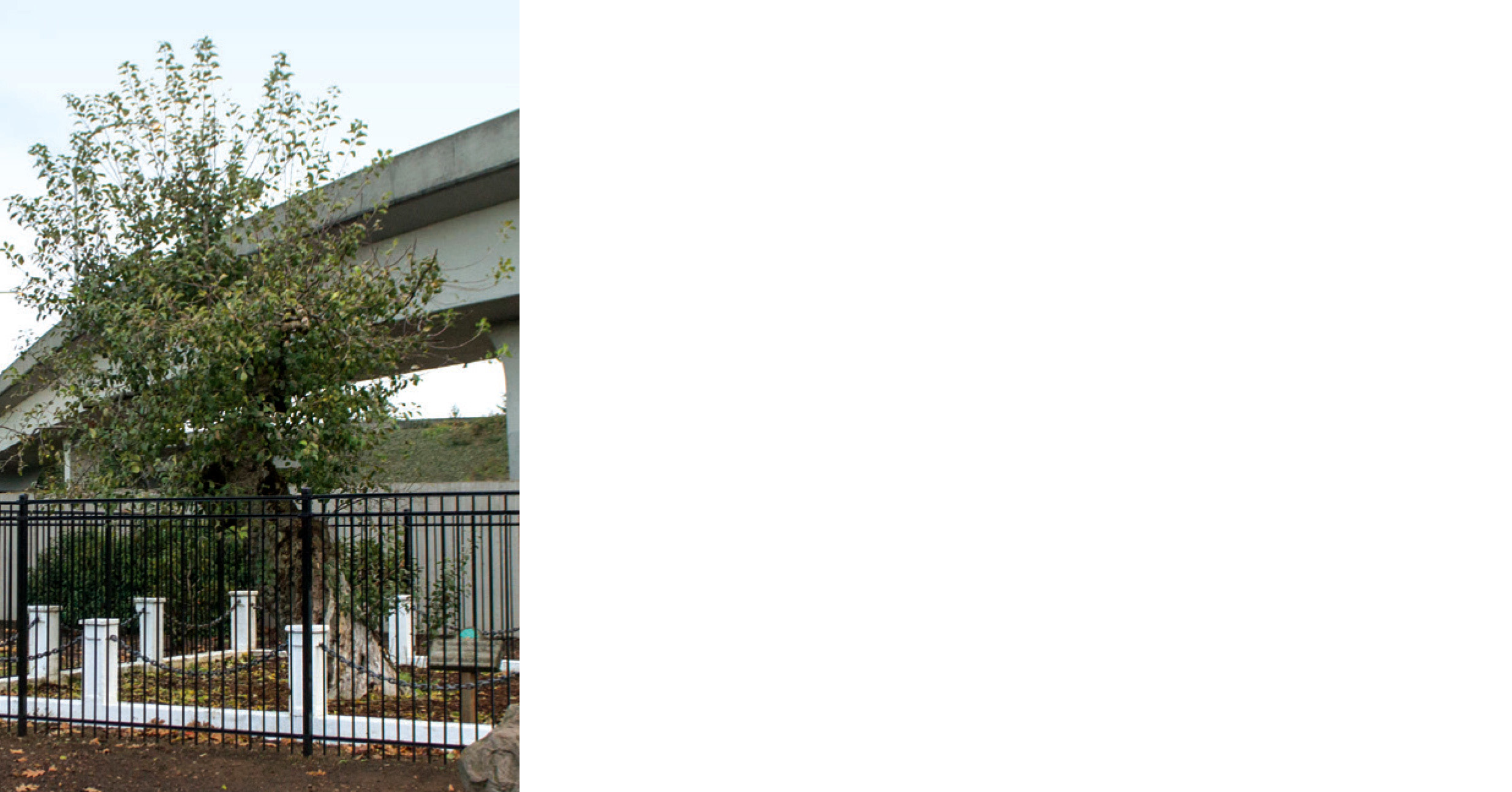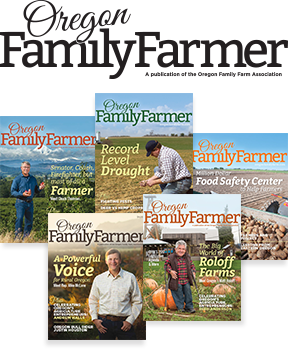BY TIM LYMAN
At the Vancouver National Historic Reserve, is the oldest Apple tree in the Oregon Country. A nearby plaque reads “The Oldest Apple Tree in the Northwest. Grown from seed brought from London, England in 1826 by the Hudson’s Bay Company.” A descendant of John McLoughlin, Chief Factor and Superintendent of the Columbia District of the Hudson’s Bay Company at Fort Vancouver, J.W. McLoughlin Harvey, relates the story of the origin of the Fort’s apple trees:
“In the year 1827 Mr. Simpson, cousin of Gov’r Simpson, who arrived in the county in 1826, at the dinner table happening to feel in his vest pocket found a few apple seeds wrapped up in a paper, the circumstances of which he explained as follows. At a dinner party in England prior to his coming to this country, a lady after paring an apple gathered the seeds together and handed them to Mr. Simpson with the remark ‘that as he was going to a new country where apples were unknown she would make him a present of the seeds with the hope that at some time he would plant them.’ These seeds were planted by Peter Pabrum (Pambrun), and the growth of the tree from day to day was carefully watched.”1
Archaeological excavations in the 1960s determined the tree was located at the site of the employee village, the living area of low ranking HBC employees.2 Extensive excavations to the north and east of the Old Apple Tree in 1981 uncovered a house dating to 1825. It is likely that the earliest occupants tended to, and may have even planted, the tree.3
The tree was ‘discovered’ in 1911:
The discovery this week of the oldest apple tree in the Northwest, which has borne fruit for more than eighty years, has aroused much interest, and hundreds have visited the post just to see the tree with a remarkable record. … A suitable fence around the base of the tree will be built, and a stone monument, with a short history of its remarkable record, will be placed in the enclosure.”4
Today the tree stands as the last living remnant of the Hudson’s Bay Company’s Fort Vancouver.
- Terri A. Taylor and Patricia Erigero, Cultural landscape report Fort Vancouver National Historic Site, Vancouver, Washington (Seattle, Wash: National Park Service, Dept. of the Interior, Cultural Resources Division, Pacific Northwest Region, 1992), 25.
- Susan Kardas, “The People Bought This and the Clatsop Became Rich a View of Nineteenth Century Fur Trade Relationships on the Lower Columbia between Chinookan Speakers, Whites, and Kanakas.” (PhD diss., Bryn Mawr College, 1971).
- J. B. G. Thomas and Charles Hibbs. Report of Investigations of Excavations at Kanaka Village, Vancouver Barracks, Washington, 1980/1981 (Olympia, WA: Washington State Dept. of Transportation, 1984).
- Tree Planted 85 Years Ago Bears Fruit,” Oregonian, January 21, 1911: 14, accessed April 14, 2016, http://infoweb.newsbank.com/resources/doc/nb/image/v2:11A73E5827618330@EANX-NB-11B983F4B28FA250@2419058-11B983F537BF5108@14-11B983F7A35FC170@Tree Planted 85 Years Ago Bears Fruit?p=AMNEWS.



